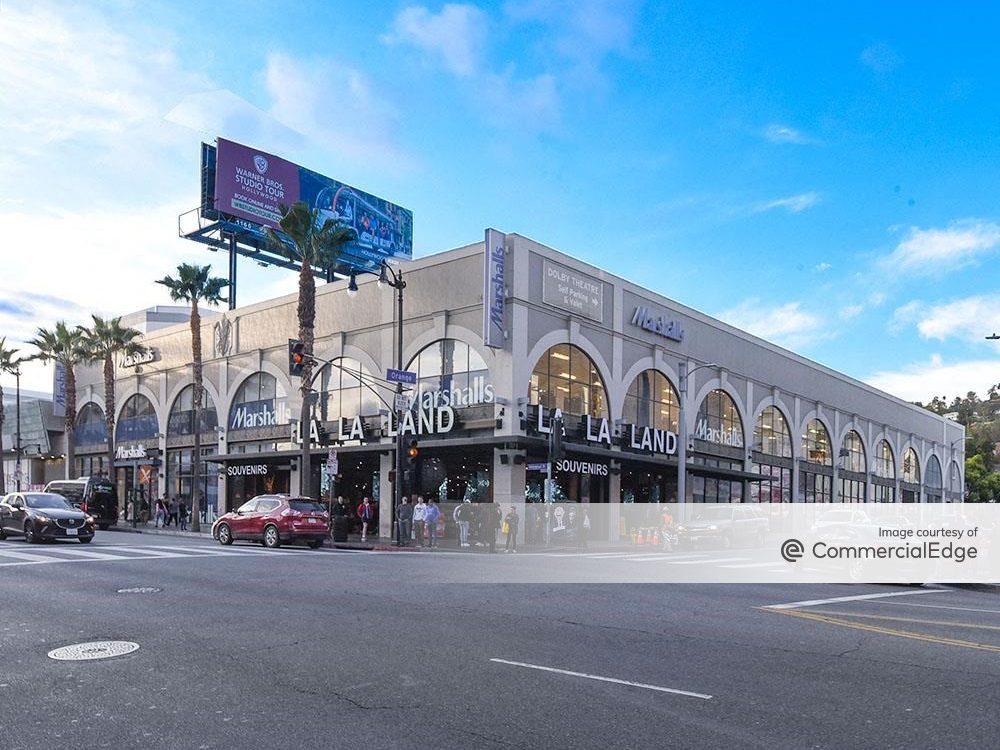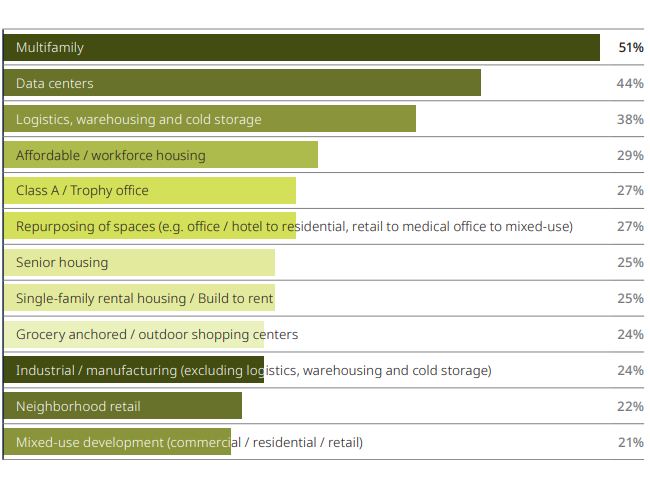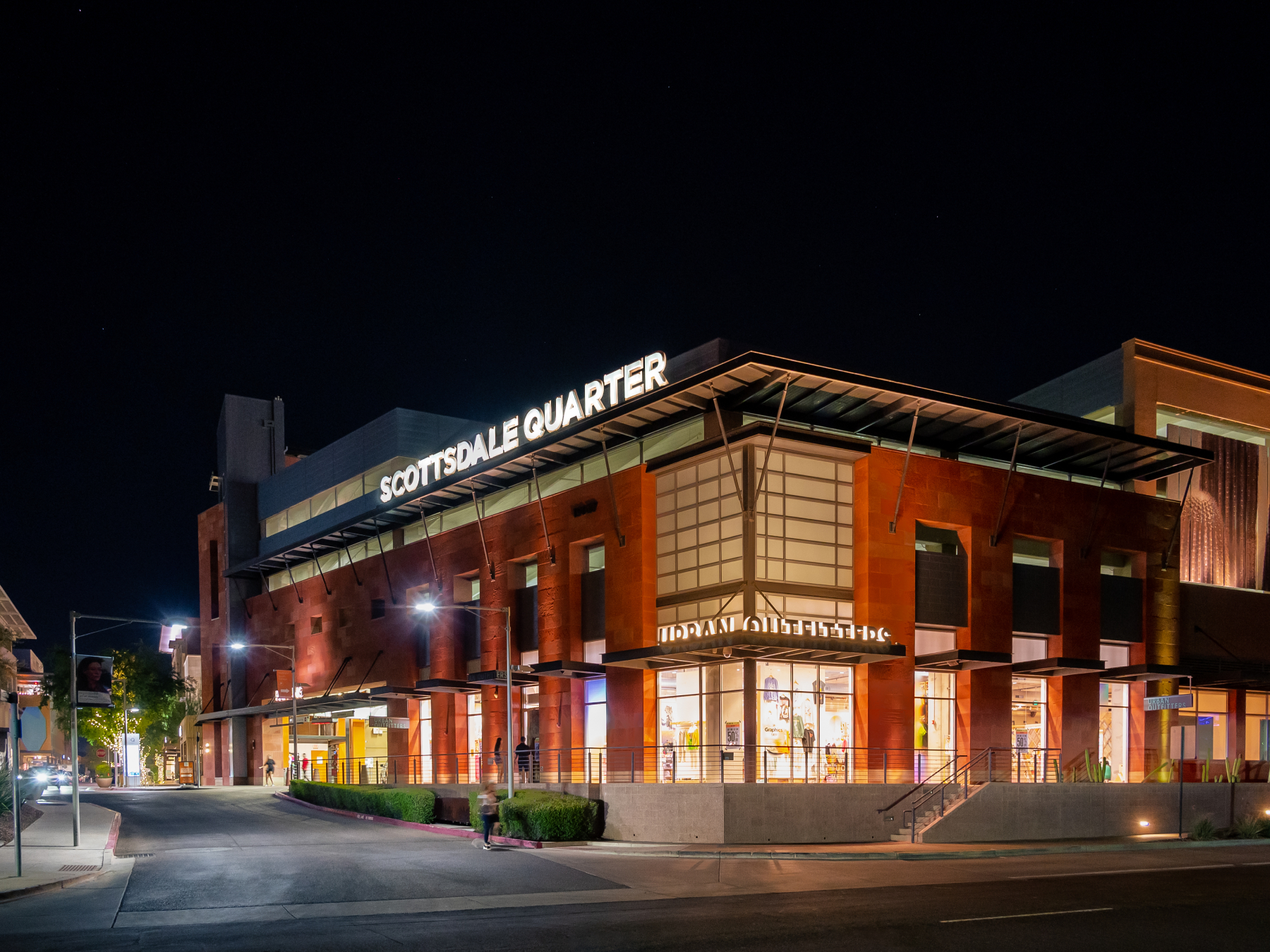Navigating the Retail Financing Landscape: Peachtree Group’s CEO Weighs In
Greg Friedman zeroes in on the opportunities and challenges for retail investors.

Greg Friedman believes that the retail space needs liquidity, particularly for second-tier properties. Image courtesy of Peachtree Group
After many years focusing on the hospitality sector, Peachtree has recently expanded its investment strategy to other asset classes, transitioning from Peachtree Hotel Group to Peachtree Group. Together with its lending division, Stonehill, the private equity investor and lender is now active across all real estate sectors, including retail—which has been grabbing headlines in the past few years due to the multiple changes it underwent.
Commercial Property Executive asked Peachtree Group Founder & CEO Greg Friedman to talk about the opportunities and challenges for investors looking at this constantly evolving asset class. Today, retail seems to be defying inflationary pressures as retailers continue to open storefronts and leasing spaces across the U.S.
“Right now, retail is one of those areas where the underlying risk associated with the assets is less than what yields the market will allow,” Friedman told CPE. Here’s what else Friedman revealed about today’s retail financing landscape.
What spurred your interest to expand your company’s portfolio into retail after so many years focusing on hospitality alone?
Friedman: Peachtree Group first migrated into other real estate asset classes through a commercial property-assessed clean energy financing division. Before the volatility in the market and the rising interest rate environment, we saw increasing demand from ownership groups outside of hospitality for this type of financing, completing transactions in multifamily, industrial, retail and senior housing. This allowed us to unlock the full potential of Peachtree Group’s integrated real estate investment platform— which serves us well in hospitality—to expand into other real estate sectors.
Our direct lending platform, Stonehill, which provides permanent, bridge and mezzanine loans, and preferred equity financing for acquisitions, recapitalizations, refinancing and renovations in the commercial space, also played a key role in our expansion into other asset classes.
READ ALSO: CBRE Capital Forecast: Caution This Year, Some Recovery Next Year
Considering the high interest rate environment that continues to cause concern among investors, what type of retail investments make sense today?
Friedman: We are focused on investing strategically in market segments where there is an opportunity to achieve returns above prevailing risk-adjusted rates… Retail has a lot of similarities with hospitality, where there’s generally positive leverage due to where these assets trade. Big box, shopping malls and brick-and-mortar neighborhood centers trade at higher cap rates, which makes them more conducive to higher interest rates than other assets and provides an excellent opportunity. Grocery-anchored centers are more difficult, given where we are with yield today.
What factors do you consider when evaluating a retail customer’s eligibility for credit product?
Friedman: When evaluating a retail customer’s eligibility for credit product, you want to look at in-place cash flows. Also, which tenants drive customers to the property, the general demographics surrounding the property, and where the property fits in the market. It’s also important to determine if there is any low-hanging fruit where the borrower can quickly monetize part of the deal, such as through land or outparcel sales.
Consumer preferences are always changing, so how can a retail company adjust its equity-related strategy to remain competitive?

At the beginning of this year, Stonehill originated a $24 million first mortgage loan for Bellis Fair Mall in Bellingham, Wash. Image courtesy of 4th Dimension Properties
Friedman: Brick-and-mortar is still necessary for a retailer’s multi-channel strategy to remain relevant. Omnichannel strategies are highly relevant when considering how a retail company can adjust its equity-related strategy to remain competitive in light of evolving consumer preferences.
As consumer preferences evolve, different market segments may have varying expectations regarding how they shop and engage with brands. Some consumers may prefer shopping online, others prefer the in-store experience, and some want a mix of both. Promoting both online and physical stores is essential to allow retailers to cater to these diverse preferences by offering multiple channels for engagement and purchase. Also, shipping costs factor into retailers’ decisions as it remains costly.
To what extent do technology and digital platforms impact the retail financing process? How have you adapted to changes?
Friedman: Being aware of foot traffic is important to understand where the customers come from, how many customers are there, and how long they spend at the retailer. We use data sources that provide this information to indicate where the customers go, how long they spend on property and where they come from.
READ ALSO: What Retail Investors Want Now: A View From Transwestern
What does the retail lending market need to finish the year relatively strong?
Friedman: Liquidity in the retail space, particularly for second-tier properties, is needed. But what we have seen lately are the large assets trading for significantly less than they traded for a decade ago, which creates headwinds for us from the headlines on the deals. Of course, we need consumer confidence to maintain above-average levels, too.
Tell us more about your expectations for next year and beyond when it comes to retail financing. Have the recent bank failures eroded retail investors’ trust?
Friedman: There will be a lot of good opportunities. The sector was being reset in pricing, even before COVID-19, and that continues, creating opportunities for new owners to come into the space. The retail asset class size is significant, and it will take years to work its way through completely. However, the dam has broken, so to speak, and now people are willing to trade more freely given the price resets.







You must be logged in to post a comment.